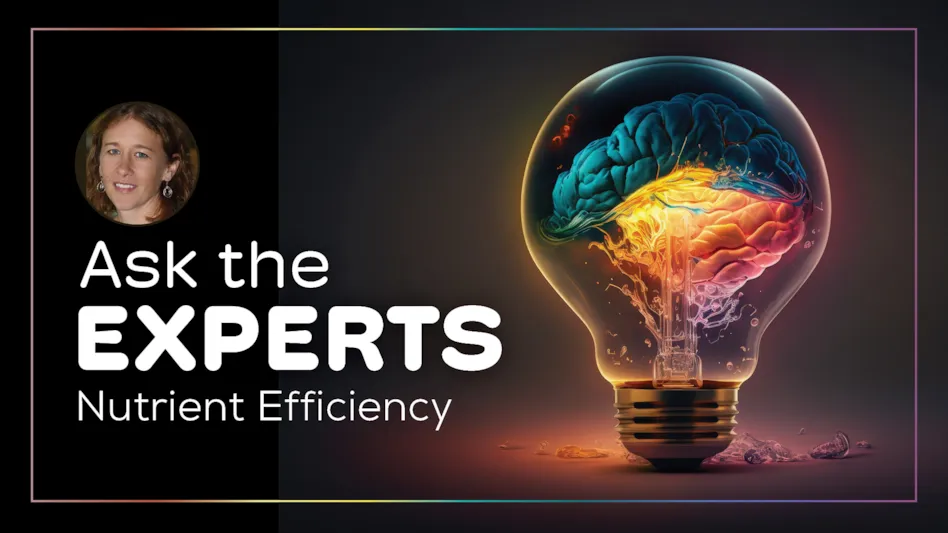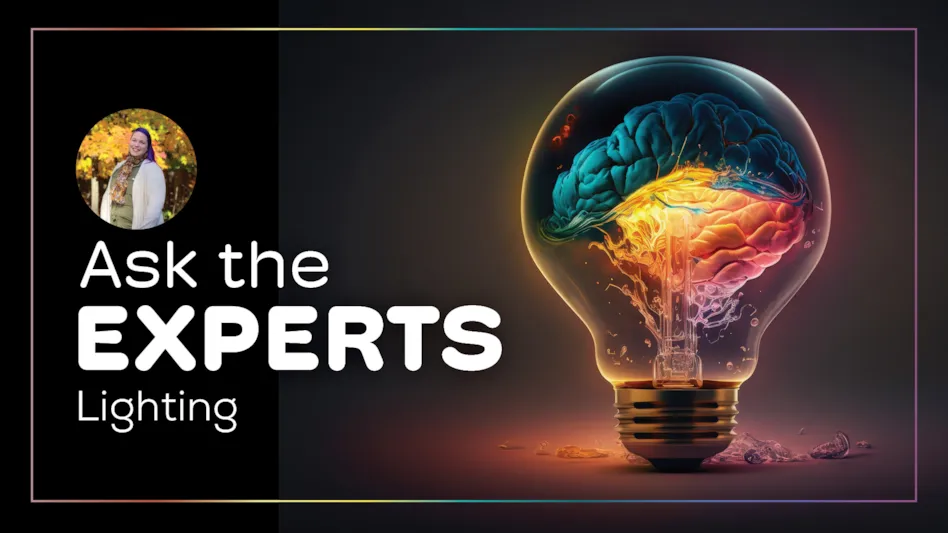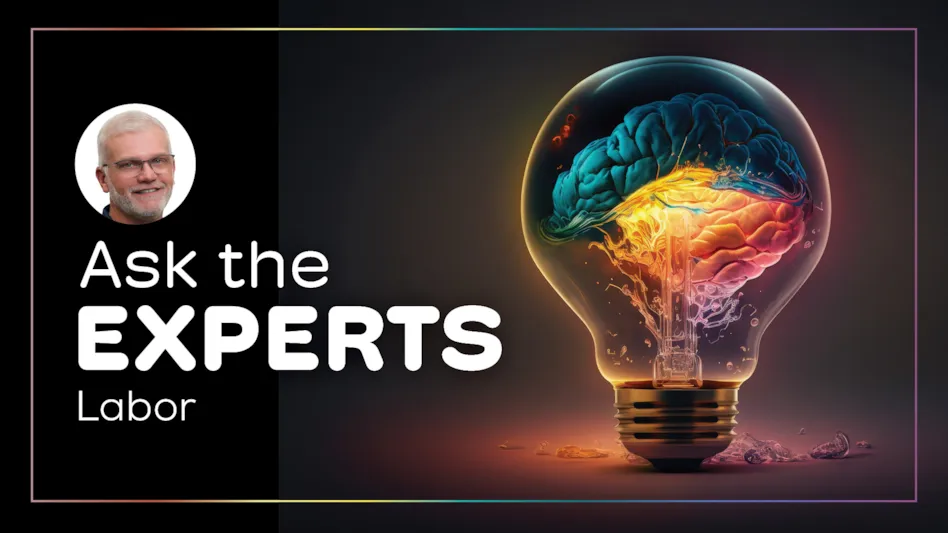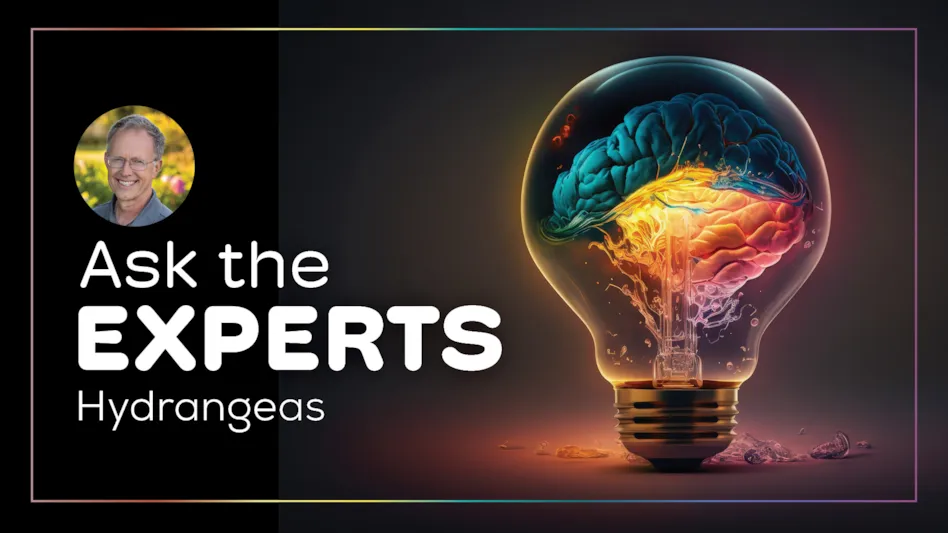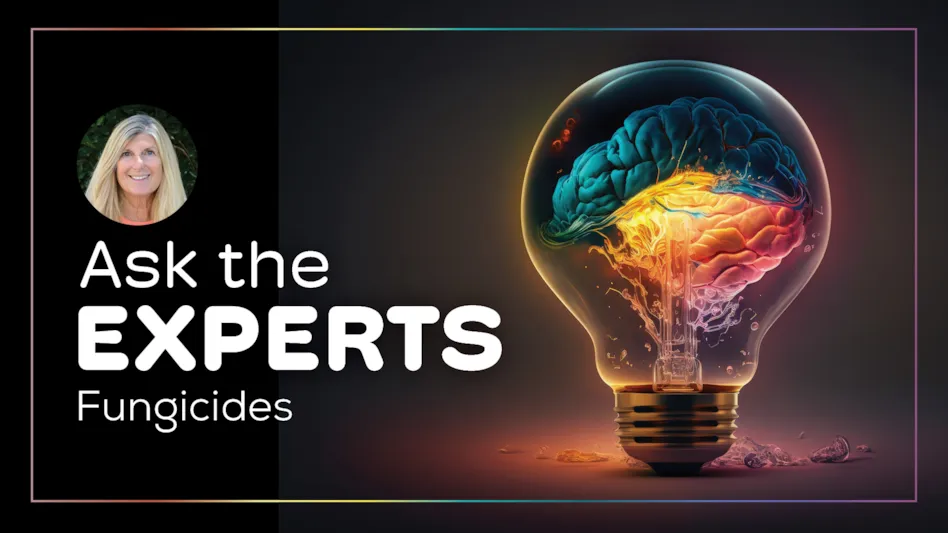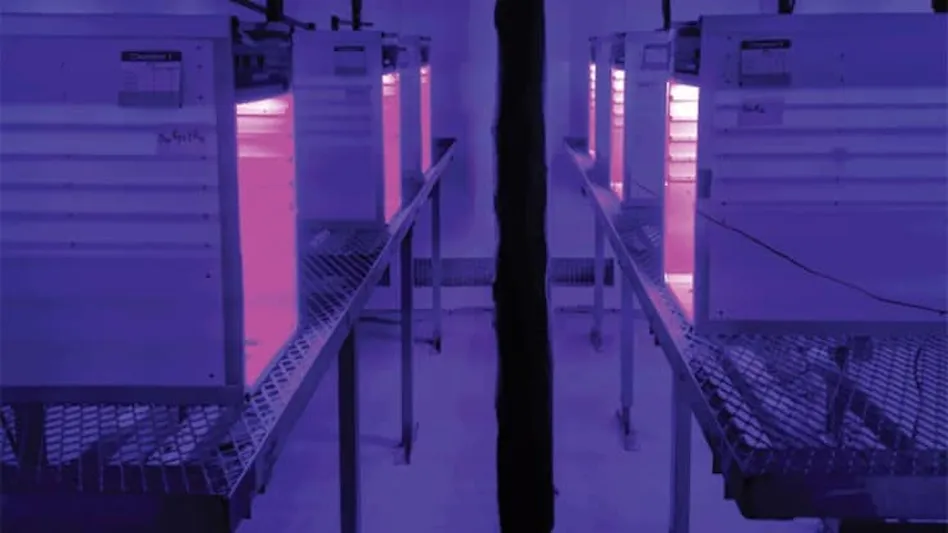
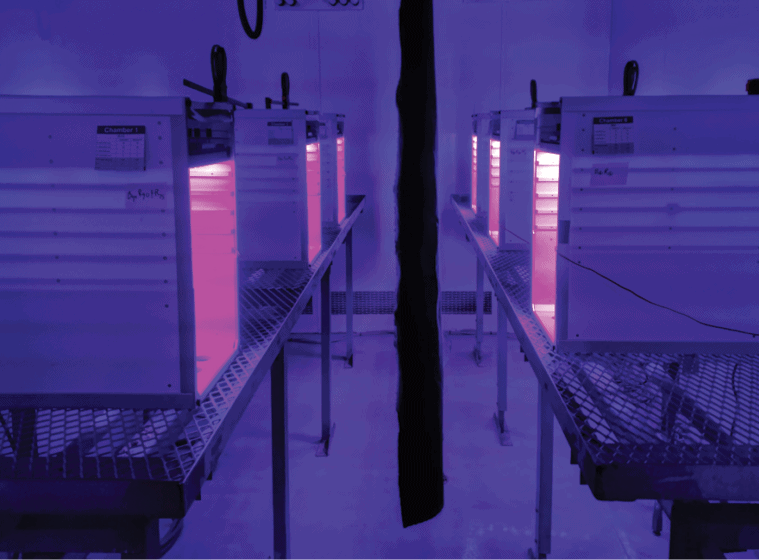
The last two articles in this series discussed the role of broad-spectrum light-emitting diodes (LEDs) in indoor (vertical farming) lettuce production. This article centers around far-red light and its effects on indoor baby lettuce growth under different light intensities, or photosynthetic photon flux densities (PPFDs).
Far-red light is barely visible to the human eye but has great influence on how plants grow. Plants have light sensors, or photoreceptors, that are sensitive to far-red light. Phytochromes are the photoreceptors that plants use to detect red and far-red light. Direct sunlight has similar amounts of blue, green, red, and far-red light, with a red-to-far-red ratio of 1.2. Leaves absorb most red light but transmit or reflect most far-red light. As a result, the red-to-far-red ratio is as low as 0.2 under the canopy. This is a shade signal that makes plants develop longer stems and larger leaves to intercept more light. Taking this concept from nature, indoor growers may use far-red light to increase light capture, whole-plant photosynthesis, and harvestable yield.
The PPFD describes how many photosynthetic photons fall in one square meter every second (µmol·m–2·s–1). Traditionally, the PPFD is defined for photons at wavelengths between 400 and 700 nm, including blue (400 to 500 nm), green (500 to 600 nm), and red (600 to 700 nm) light. Although the traditional PPFD definition excludes far-red light (700 to 750 or 800 nm), recent research has shown that far-red light also promotes photosynthesis and thus could be included in an extended PPFD definition. In this article, we use the traditional PPFD definition (400 to 700 nm) and discuss how adding far-red light to red + blue light influences the growth of two baby-leaf lettuce cultivars.
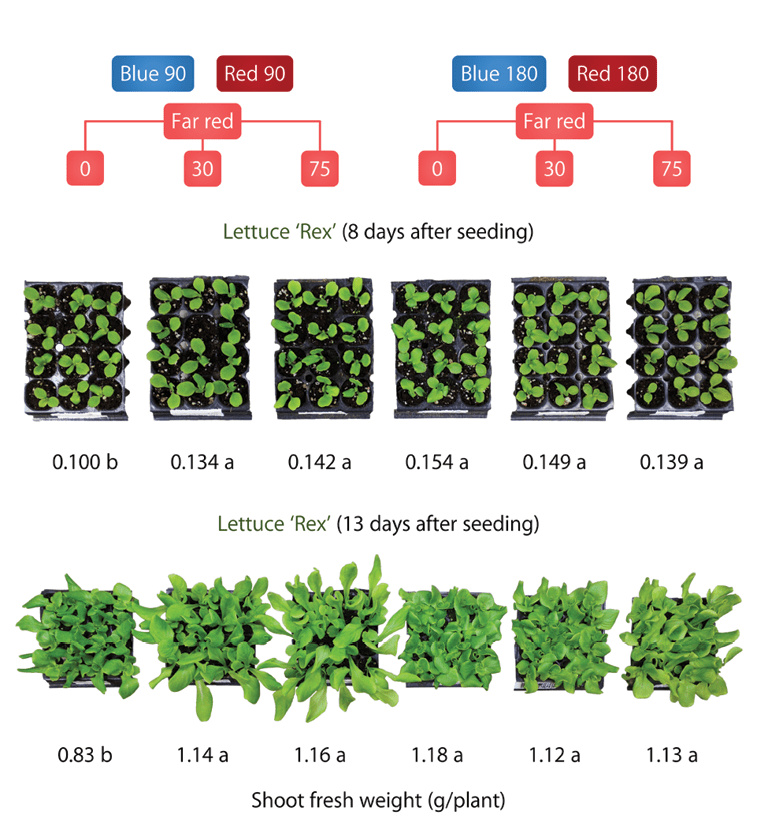
Experiment protocol
We sowed seeds of green-butterhead lettuce ‘Rex’ and red-oakleaf lettuce ‘Rouxai’ in 128-cell inserts cut into 12-cell sections and filled with a peat-perlite substrate. All of the seeds germinated under transparent humidity domes in a growth chamber at 68 °F under continuous cool-white fluorescent light. Three days after seeding, we transferred seedlings to each of six adjustable LED modules in another walk-in growth chamber (Figure 1). We configured the modules to six different lighting treatments with three far-red photon flux densities (0, 30, and 75 µmol·m–2·s–1) under each of two PPFDs (180 and 360 µmol·m–2·s–1; 50% blue + 50% red). We used a high percentage of blue light (50%) because our previous research showed that the effects of far-red light on lettuce seedlings were weaker under lower blue light.
We grew the plants at 72 °F under continuous light. The photosynthetic daily light integrals (400 to 700 nm) under the two PPFDs were 15.6 and 31.1 mol·m–2·d–1. A recommended daily light integral for head lettuce production is typically no more than 17 mol·m–2·d–1 to avoid tipburn, which is a symptom of calcium deficiency that is exacerbated by high light. Baby-leaf lettuce is less susceptible to tipburn, so we attempted to maximize yield by applying high light to promote photosynthesis and growth. The high plant density in baby greens production minimizes light waste in non-plant areas and the lighting cost per plant. Therefore, the high light output is more justifiable for baby-leaf lettuce than head lettuce.
During the experiment, we sub-irrigated the plants daily with a nutrient solution made from a 13-5-13 fertilizer. We collected growth data 8 and 13 days after seeding for lettuce ‘Rex’ or 10 and 17 days after seeding for lettuce ‘Rouxai.’
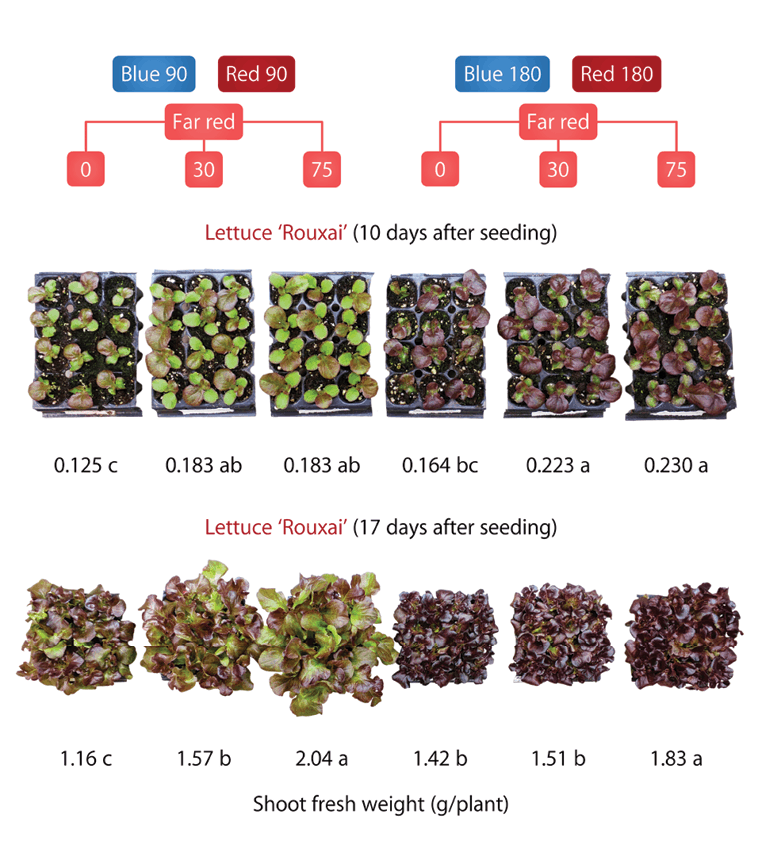
Results
Green-leaf lettuce ‘Rex’
Growth trends were similar for plants harvested 8 and 13 days after seeding (Figure 2). Under the PPFD of 180 µmol·m–2·s–1, adding 30 or 75 µmol·m–2·s–1 of far-red light increased shoot fresh weight by 34% to 42%. However, far-red light did not affect shoot fresh weight under the PPFD of 360 µmol·m–2·s–1. Therefore, for lettuce ‘Rex,’ 30 µmol·m–2·s–1 of far-red light was worth adding under the lower PPFD, which is typical in vertical farms, but not under the higher PPFD.
Without far-red light, doubling the PPFD from 180 to 360 µmol·m–2·s–1 increased shoot fresh weight by 42% to 54%. With far-red light, however, doubling the PPFD did not affect shoot fresh weight. Therefore, considering both energy consumption for lighting and crop yield, the PPFD of 180 µmol·m–2·s–1 with 30 µmol·m–2·s–1 of far-red light was the best of our lighting treatments for lettuce ‘Rex.’
Increasing the intensity of far-red light increased leaf length under the PPFD of 180 µmol·m–2·s–1 and, to a lesser extent, under the PPFD of 360 µmol·m–2·s–1. However, the increase in leaf expansion was not always accompanied by a yield increase. Therefore, combining a high PPFD and high far-red light was not worthwhile for lettuce ‘Rex.’
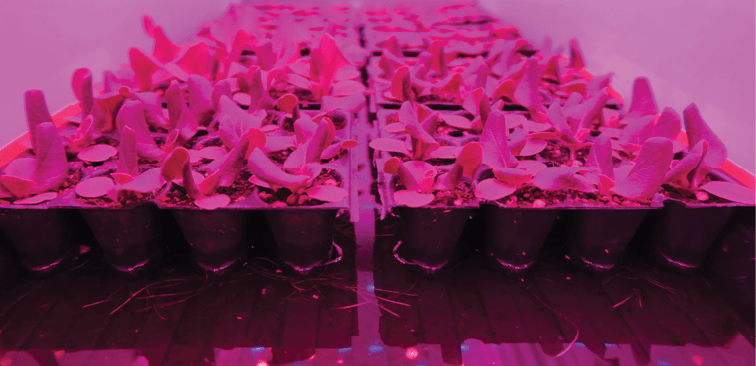
Red-leaf lettuce ‘Rouxai’
Plants responded to the lighting treatments somewhat differently 10 and 17 days after seeding (Figure 3). On day 10, under the PPFD of 180 µmol·m–2·s–1, adding 30 µmol·m–2·s–1 of far-red light increased the total photon number by 17% but increased shoot fresh weight by 46%, at least partly because far-red light increased leaf length by 26% for more light capture. Increasing far-red light further to 75 µmol·m–2·s–1 did not affect shoot fresh weight, although it increased leaf length. On day 17, increasing far-red light from 0 to 75 µmol·m–2·s–1 increased shoot fresh weight and leaf length linearly. The effects of far-red light on yield were generally similar under the two PPFDs.
On day 10 and 17, doubling the PPFD from 180 to 360 µmol·m–2·s–1 did not affect yield of lettuce ‘Rouxai’ in most cases. We only observed a 22% yield increase by doubling the PPFD in the absence of far-red light on day 17. Therefore, the yield of lettuce ‘Rouxai’ was efficiently maximized under the treatment with a PPFD of 180 µmol·m–2·s–1 and 75 µmol·m–2·s–1 of far-red light.
For red-leaf lettuce, yield was only part of the story; leaf color was also an important trait. A high percentage of blue light, such as 50% that we used, can intensify the red color relative to a low percentage of blue light. However, as shown here, 50% blue light produced lighter and less saturated and uniform redness under the lower PPFD than under the higher PPFD. The deep, rich, and consistent red pigmentation under the higher PPFD was similar to what can be obtained under direct sunlight. Since different degrees of leaf redness may be acceptable depending on the market, whether the higher PPFD is necessary is situational.
Take-home messages
Adding far-red light to red + blue light increased baby-leaf lettuce yield in some cases. The effects of far-red light depended on the lettuce cultivar, PPFD (red + blue light), and plant age. The yield of green-leaf lettuce ‘Rex’ was the highest under the PPFD of 180 µmol·m–2·s–1 with 30 µmol·m–2·s–1 of far-red light. The final yield of red-leaf lettuce ‘Rouxai’ was the highest with the addition of 75 µmol·m–2·s–1 of far-red light. Interestingly, doubling the PPFD had no statistical effects on lettuce growth when far-red light was added, but the higher PPFD intensified the red-leaf coloration of lettuce ‘Rouxai.’
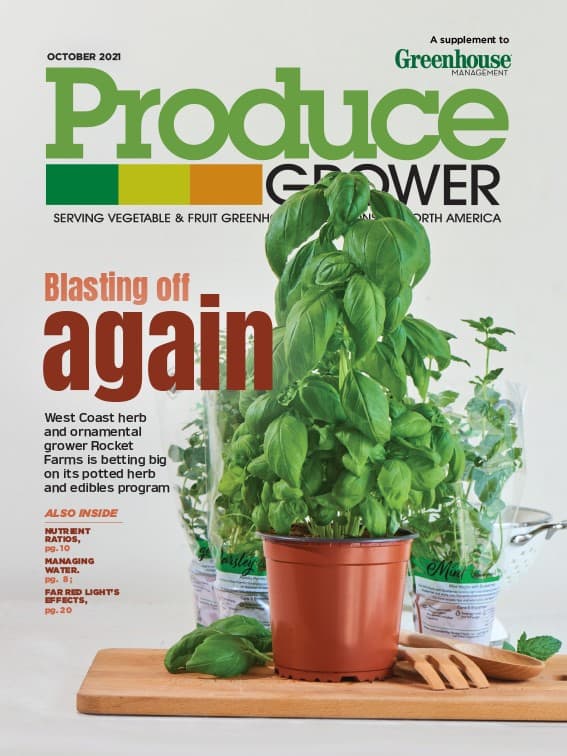
Explore the October 2021 Issue
Check out more from this issue and find you next story to read.
